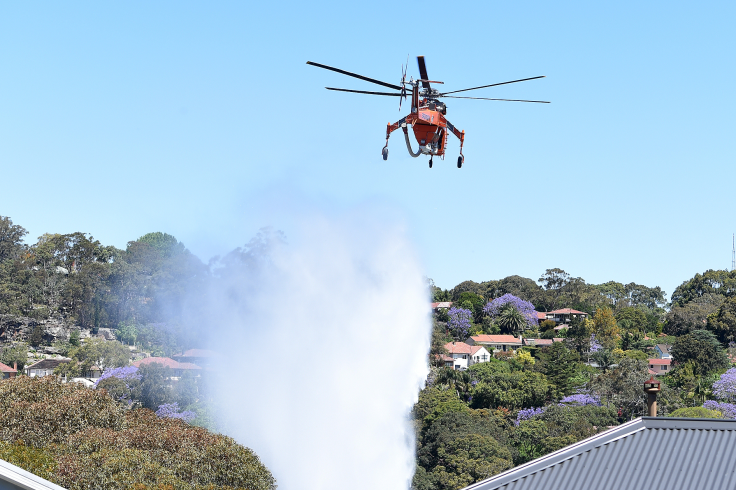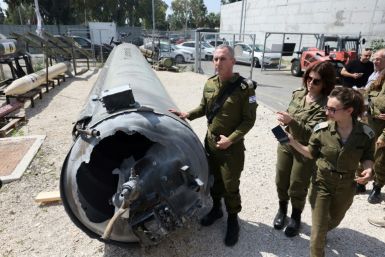NSW and ACT extreme bushfire possible as temperature exceeds 33C

NSW Rural Fire Service deputy commissioner Rob Rogers warned that New South Wales and the Australian Capital Territory are extremely vulnerable to bushfires in summer as temperature may exceed 33C. The affected areas with high temperature include Sydney, Canberra, Melbourne and Adelaide.
Rogers said that the west of the ranges had a significant rainfall over the winter leading to a huge amount of grass growth in the western part of the Great Dividing Range. On October, the driest season was recorded, making grasses very dry. The combination of grass growth and very dry grass lead to a potential significant grass fire.
Victorian Country Fire Association chief officer Steve Warrington also noted that the focus of the precautions will be on Victoria's grasslands and scrub coastal areas. However, he told homeowners and municipalities to take extra precautions on the current weather fluctuations. Normally, there was a lead-in time for people to clean the property when the rain and flood occurred. However, he said that the transition from rainy season to summer season happened within a week.
Fire bans were declared in 10 districts of South Australia while Victoria declared fire bans in three districts.
On Tuesday, Neath and Abermain residents were warned to take shelter as firefighters fought two fires in the area. Some residents in several streets were told that it was not safe to return home. Some residents were advised that it was too late to leave their homes.
Homeowners were advised to prepare a bushfire survival plan. They were also instructed to remove combustibles including wood piles and to clean out gutters. Pet owners were also warned about heat stress-related injuries and possible death for dogs. According to RSPCA NSW chief inspector David Oshannessy, dog owners must not leave their pets unattended in cars. He said that it only takes six minutes for an animal to die from heat stroke.






